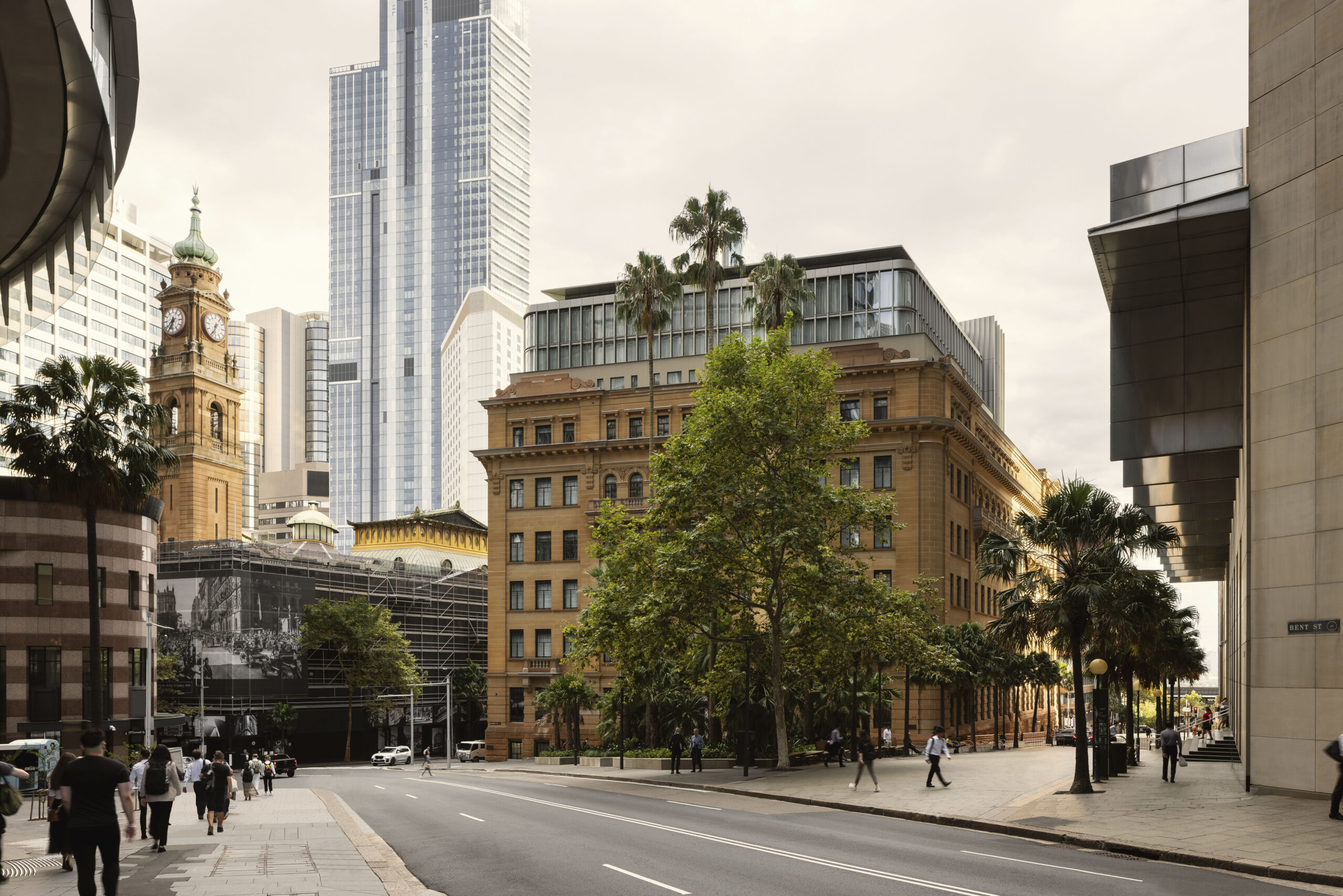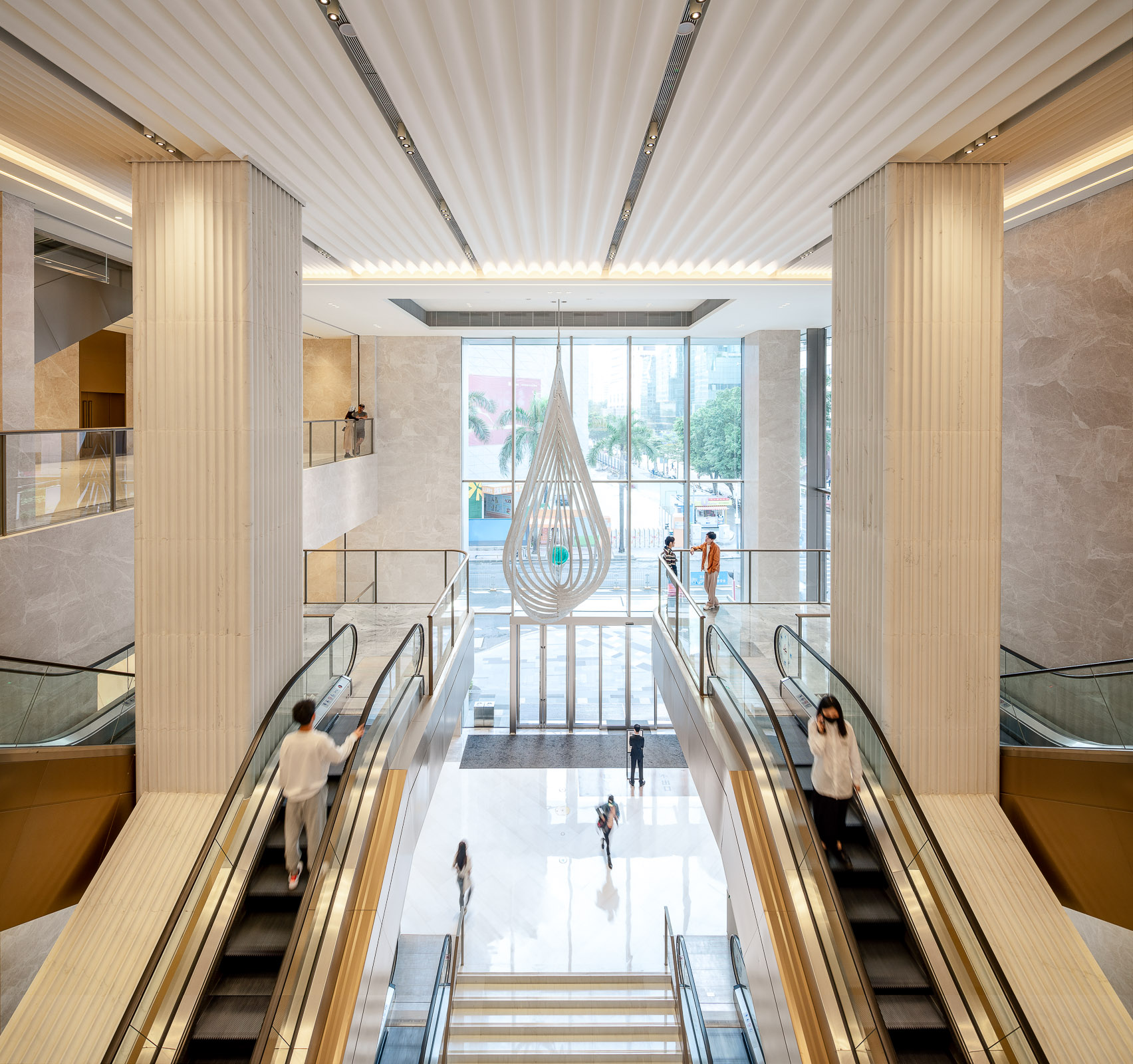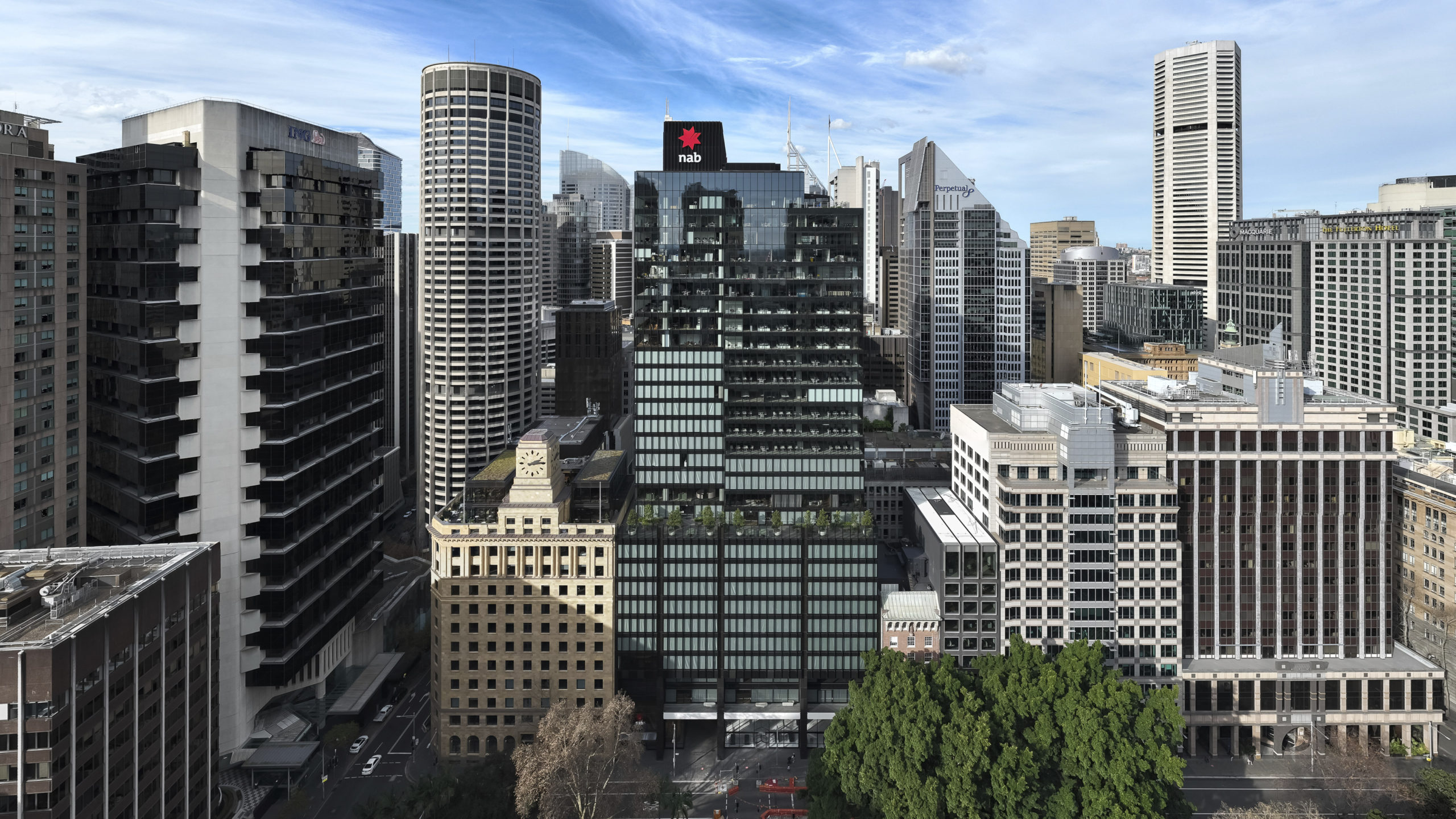
Who drives the sustainable design initiatives in Singapore?
The Singapore government has a significant role. A lot of the major developments in Singapore are funded by government agencies. The government is thus both the policymaker and the client. A lot of sustainability policies and their implementation are government-driven. The industry and the government are very much aligned, and sustainability policy implementation is very efficient here.
How does the Singapore government encourage and support sustainable design in the city?
The Building and Construction Authority (BCA) is the main agency in Singapore that sets up environmental and sustainability standards. It also drives their implementation. BCA’s strategies in promoting sustainability design are quite multifaceted. They include policy and regulation-making, initiatives to improve baseline performances, publicity of the Green Mark best practices, and provision of incentives to encourage developers to embrace sustainability measures. One extremely effective measure in incentivising developers to design projects with high environmental performance is additional GFA allowances.

Singapore has a very high population density. What are some of the unique aspects in sustainable design in the country?
I think the density of the city gives designers and developers the opportunity to establish infrastructure and utilise resources in a more centralised way. An economy and lifestyle that emphasise sharing can facilitate Singapore’s sustainable development. The city-state is moving towards this direction by embracing a smart city economy.
The Sustainable Singapore Blueprint 2015 outlines Singapore’s vision to become more sustainable. What new measures will the city take to achieve this goal?
The blueprint covers a wide range of areas, including sustainable resources, environmental quality and community sustainability. The ‘car-lite’ campaign, transportation infrastructure upgrade, waste recycling (particularly food waste) and drainage treatment are some of the key new measures to enhance sustainability.

What are the latest smart technologies used for sustainable design in Singapore?
Singapore has the vision to become a Smart Nation and is believed to be in the midst of its fourth industrial revolution. The next phase of Singapore’s growth will be driven by IoT (Internet of Things, or the infrastructure of the information society), data and services, as well as sustainable design principles that will improve work efficiency and quality of life.
I think the key contribution of smart technologies is allowing extensive data collection and monitoring at the right time and the right place. This makes timely action possible. Intelligent and interconnected systems also allow environmental design and operational objectives to be met. This is very powerful, and will change industries, businesses and people’s lives.
What are Singapore’s latest goals in sustainable design?
I think Singapore’s commitment to COP21 has a monumental effect on the nation’s sustainability development. The nation will need to reduce carbon emission intensity by 36% based on the 2005 benchmark, and this is a very ambitious target. The government has also set a goal to retrofit 80% of its buildings by 2030 and rolled out measures to encourage energy efficiency, which will reduce the city-state’s dependence on foreign energy import. All these will help Singapore to maintain its competitiveness in global business.
What sorts of investments or resources are needed to meet these goals?
Resources can go in the form of business initiatives, policies, or education and community projects. Investments in smart technologies and infrastructure are also important. As Singapore is very much a government-led society, policies are usually very well coordinated and can be implemented efficiently to promote sustainability design.
Different cities face different challenges. How can other cities best learn from Singapore’s sustainable design initiatives?
One thing that Singapore has successfully established is a simple, straightforward and standardised set of green building regulations. The Green Mark is a single document that covers all the principles of sustainable design, and it delineates regulations for both residential and commercial buildings. The simplicity of the benchmarking system eliminates conflicting and overlapping regulations that could lead to inefficiency or confusion in the industry. This is very important to a successful approach to sustainable development. If a city simplifies and strengthens its sustainability regulations and clarifies it goals, developers, architects and contractors will be able to understand and comply with them more easily. Singapore is a successful example that illustrates how effective this approach can be.
Article extracted from Make Annual 13.






























































































































































































































































